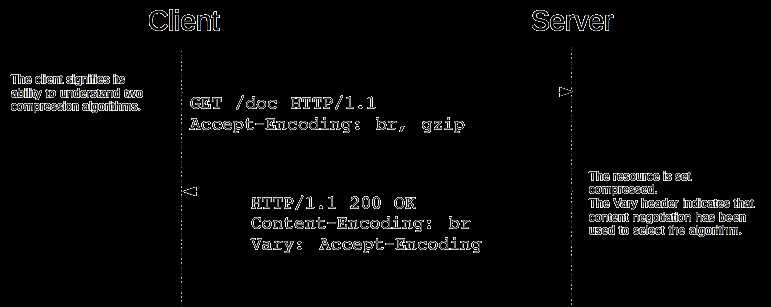标签:解决 pat 算法 机制 服务器 orm console 调试 优化
包括:html,CSS,js以外,还包括各种 图片资源、音频资源、字体资源等,由于有限的带宽和延迟影响,所以需要对资源做一些优化。
注:都可对如上的静态资源进行压缩,且加缓存来实现
概念:减小资源大小的过程叫做资源压缩。针对不同类型的资源有不同的压缩技术。本文主要总结文本资源的压缩。即我们网页上面的代码文本如JS、CSS等。
代码文本里边有许多对于运行没有作用的部分,如多余的空白,注释,我们在生产环境中可以将它们去掉来减少网络传输字节。
const gulp = require(‘gulp‘); const uglify = require(‘gulp-uglify‘); const babel = require(‘gulp-babel‘); const gutil = require(‘gulp-util‘); gulp.task(‘script‘, function() { gulp.src(‘src/*.js‘) .pipe(babel({ presets: [‘env‘] })) .pipe(uglify()) .on(‘error‘, err=> { gutil.log(gutil.colors.red(‘[Error]‘), err.toString()); }) .pipe(gulp.dest(‘dist‘)) });
以src/script.js为例:
// script1 const a = 3; //a const b = 4; // b const c = 5; // c const arr1 = [a,b,c]; for(let item of arr1){ //遍历arr数组 console.log(item); //打印每一项 } // 测试文件压缩方案。 // 测试修改
进行babel编译后,如果不压缩,大小为805字节,压缩后为468字节。gulp-uglify将所有代码压缩到一行,去除所有空格,注释。
源代码和编译后的代码或者是压缩后的代码差别比较大,也难以阅读,调试最终代码就变得很困难,可以使用sourcemap解决,还是以gulp为例,改写上面的gulpfile.js:
gulp.task(‘script‘, function() { gulp.src(‘src/*.js‘) .pipe(sourcemaps.init()) .pipe(babel({ presets: [‘env‘] })) .pipe(uglify()) .on(‘error‘, err=> { gutil.log(gutil.colors.red(‘[Error]‘), err.toString()); }) .pipe(sourcemaps.write(‘./maps‘)) .pipe(gulp.dest(‘dist‘)) });
以gulp为例,gulp-minify-css会去除css中多余的空格、注释,还会将相同选择器的规则进行合并:
gulp.task(‘style‘,()=>{ gulp.src(‘css/*.css‘) .pipe(minifyCSS()) .pipe(gulp.dest(‘dist/css‘)) });
压缩前:
html,body { width: 100%; height: 100%; } /*盒子相关*/ #red { width: 40px; height: 40px; background-color: red; } /*字体相关*/ #red { font-size: 16px; font-weight: bold; }
压缩后:
body,html{width:100%;height:100%}#red{width:40px;height:40px;background-color:red;font-size:16px;font-weight:700}
gzip是很常用的Web资源压缩方案,以Node为例:
const gzip = require(‘zlib‘).createGzip();
const fs = require(‘fs‘);
const path = require(‘path‘);
const inp = fs.createReadStream(path.join(__dirname,‘./file/test.txt‘)); //830字节
const outp = fs.createWriteStream(path.join(__dirname,‘./file/test.txt.gzip‘)); //345字节
inp.pipe(gzip).pipe(outp);
详细API见: https://nodejs.org/dist/latest-v8.x/docs/api/zlib.html
在express中使用Gzip压缩:
const compression = require(‘compression‘)
const express = require(‘express‘)
const app = express()
// compress all responses
app.use(compression())
为了选择要采用的压缩算法,浏览器和服务器之间会使用主动协商机制。
客户端请求头:Accept-Encoding: xxx,xxx指明支持的压缩算法清单和优先级。
服务端?响应头:Content-Encoding: xxx指明使用的压缩算法。

标签:解决 pat 算法 机制 服务器 orm console 调试 优化
原文地址:https://www.cnblogs.com/syw20170419/p/11938436.html